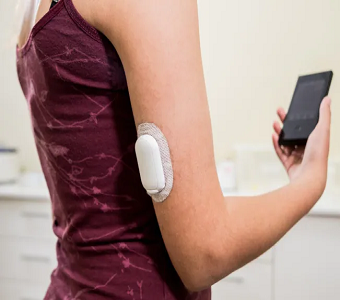Obesity data from big pharma competitors was presented at the American Diabetes Association conference this past weekend. The trend is moving towards developing oral GLP-1 drugs, different from the current standard administration of subcutaneous injections (Novo’s Ozempic & incoming Mounjaro from Eli Lilly).
In Phase 2 trials, oral obesity drugs are showing similar weight loss and safety profile to the standard injections. Below is an outline of the data presented and how it stacks up to standard obesity injections like Ozempic and Lilly's almost-commercial Mounjuro.

Below is a deeper dive into what Lilly, Novo, Zealand and Pfizer reported:
Lilly’s Orforglipron Once-Daily Pill
Orforglipron demonstrated a 14.7% body weight reduction at 36 weeks. The weight loss had not yet plateaued through 36 weeks, suggesting the possibility of additional weight loss with longer treatment.

Remember, Lilly’s injection tirzepatide went out to 72 weeks and showed 20.9% weight reduction. By week 36, tirzepatide showed about 18% weight reduction.
However, the oral orforglipron had higher gastrointestinal events than Lilly’s injection, with about 40% experiencing nausea and 28% vomiting at the highest dose. Eli Lilly looking to adjust the starting dose (start at 2mg instead of 3mg) and dose-escalation scheme for Phase 3 studies to reduce GI events.

The benefit of orforglipron is that it can be taken without the restriction of food/water. A Phase 3 study has been initiated to replicate Phase 2 data presented at ADA.
Novo’s Once-Daily Oral Semaglutide
Novo reported Phase 3 data on 50 mg semaglutide taken once per day. Bodyweight showed a 15.1% decline at 68 weeks, which was in line with the semaglutide injection.

The oral version’s safety profile was also inline with the injection.
Zealand & Boehringer Ingelheim Weekly Injection
Survodutide is a glucagon/GLP-1 receptor that demonstrated nearly 15% weight loss for all those randomized to the highest dose, 4.8 mg. Bodyweight reductions with survodutide had not reached a plateau at week 46, suggesting additional weight loss could be achieved with longer treatment duration.
However, there was a high discontinuation rate of 28.6% in highest dose, with 64% reporting nausea and 35% vomiting.
Most of the discontinuations due to adverse events occurred during the rapid dose-escalation phase and could be mitigated with more gradual dose escalation. Zealand and B.I. are in discussions with FDA for planned Phase 3.
Pfizer Moving Twice Daily Oral into Phase 3
Pfizer announced they are continuing to advance danuglipron, a GLP-1 receptor agonist, to Phase 3 studies over their second GLP-1 candidate lotiglipron, which was a once daily oral. Pfizer mentioned that elevated liver enzymes (transaminase elevations) were part of the reason why lotiglipron was discontinued.
Pfizer is playing catchup to Lilly & Novo in obesity, as they are about 3 years away from getting danuglipron to market. Danuglipron was also a few steps ahead of lotiglipron, so timing could have had a say in the decision to advance one into Phase 3 over the other. In addition, danuglipron is a twice-daily pill, while Lilly & Novo are developing once-daily oral versions, as explained above.
Bottom Line: The ADA 2023 conference validated the interest in oral obesity treatments and just how strong of a position Novo Nordisk and Eli Lilly hold in the space. Not only are they ahead with commercial products, but also reporting promising data for oral treatments. Pfizer and Zealand are clearly trailing while smaller names like Viking (VKTX), Terns (TERN) and Structure (GPRC) are too early to make for realistic competition.
Access This Content Now
Sign Up Now!




